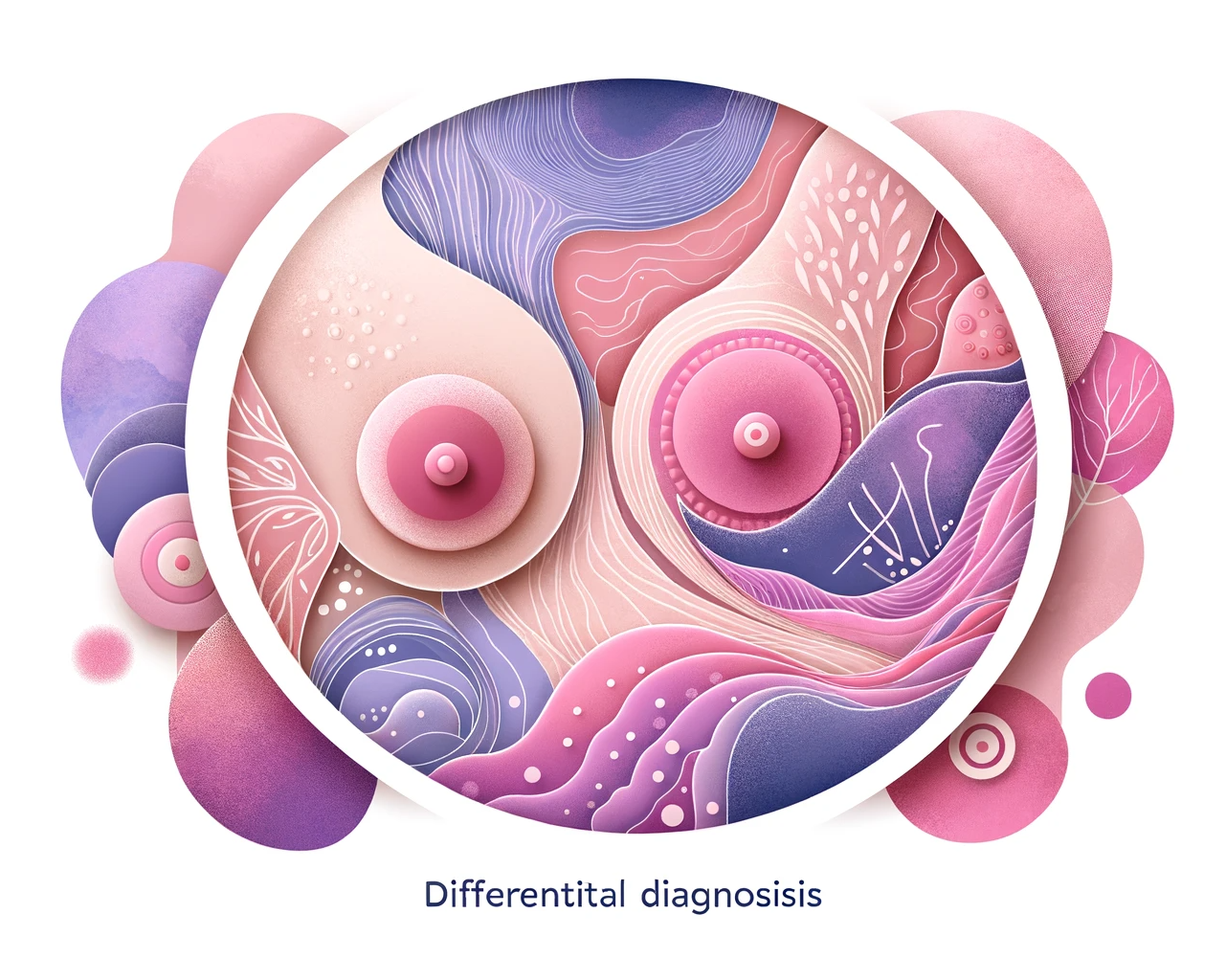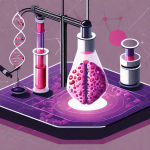Discovering a breast mass can be unsettling, but it’s vital to know that most are benign, not cancerous. This article guides you through the various types of benign breast masses and their characteristics. Fibroadenomas, common in younger women, are firm and movable, while cysts, associated with fibrocystic changes, present as fluid-filled pockets. Fibrocystic changes make breast tissue feel lumpy, particularly before menstruation. Galactoceles form in breastfeeding mothers due to milk retention, and fat necrosis may develop after breast injury, mimicking cancer but benign. Breast abscesses, resulting from infection, are painful and confirmed by ultrasound. Understanding these conditions, alongside the potential for malignant masses, is crucial. With the right information and medical guidance, navigating the complexities of breast masses becomes manageable, ensuring informed decisions towards treatment or management.
Understanding the nature of a breast mass is a pivotal aspect of breast health. While the discovery of a breast mass can be a source of significant anxiety, it is important to remember that they are common and not always indicative of cancer. This article aims to demystify the journey from discovery to diagnosis, providing clear insights into the complex process of differential diagnosis. Benign masses, which are non-cancerous, come in various forms and are more common than their malignant counterparts. Remember that most breast masses are found to be non-cancerous and the tests and required to evaluate and confirm any diagnosis. So, what are the options?
Fibroadenomas: The Benign Tumors Often Found in Youth
Fibroadenomas are among the most common benign breast tumors. These solid, benign masses are generally found in younger women. They can appear as a single mass, multiple lumps, or be present in both breasts. Firm to the touch and often mobile, fibroadenomas sometimes become calcified in older women, which is a normal and benign process.
Breast Cysts: The Fluid-Filled Companions of Fibrocystic Changes
Simple cysts are another type of benign breast mass, characterized by fluid-filled pockets within the breast. They can manifest as part of fibrocystic changes or as isolated masses. These cysts are palpable and may feel like soft or firm lumps under the skin. They’re especially common in women who are approaching menopause but can also appear in younger and post menopausal women.
Fibrocystic Changes: Common and Often Misunderstood
Many women experience fibrocystic changes in their breasts at some point. These changes can make breast tissue feel lumpy or rope-like, and while they can cause discomfort, they don’t typically lead to discrete masses. These symptoms are particularly common before menstruation and tend to resolve afterwards.
Galactoceles: A Lactation-Related Phenomenon
For breastfeeding mothers, galactoceles, or milk retention cysts, are a potential cause of breast lumps. These benign masses occur when milk is trapped in the breast and forms a cyst.
Fat Necrosis: The Aftermath of Injury
Fat necrosis can create benign breast lumps following an injury or surgery to the breast, or even after certain aesthetic procedures. The affected area might show skin discoloration due to bruising, and while fat necrosis can mimic cancer on exams, it’s a benign condition.
Breast Abscess: When Infection Leads to a Mass
An untreated infection of the breast can lead to an abscess, which is a collection of pus that forms a palpable and often painful mass. Breast abscesses typically present with localized pain, swelling, and systemic signs of infection such as fever. Diagnosis is usually confirmed with an ultrasound that identifies the fluid collection.
For more in-depth discussions on these conditions and their management, resources are available that delve into topics such as breast pain, nipple discharge, and the clinical manifestations and management of breast cysts. It’s also important to explore the features, diagnosis, and staging of newly diagnosed breast cancer for a thorough understanding of these conditions.
The differential diagnosis of a malignant breast mass includes several types of invasive and non-invasive cancers. Being aware of the common malignant breast masses is critical, and further pathology reviews can shed light on the complex nature of breast cancer.
Navigating the realm of breast masses can be complex, but with the right information and medical guidance, women can understand their conditions better and take appropriate steps toward treatment or management. Whether benign or malignant, a breast mass warrants medical attention to ensure the best health outcomes.






